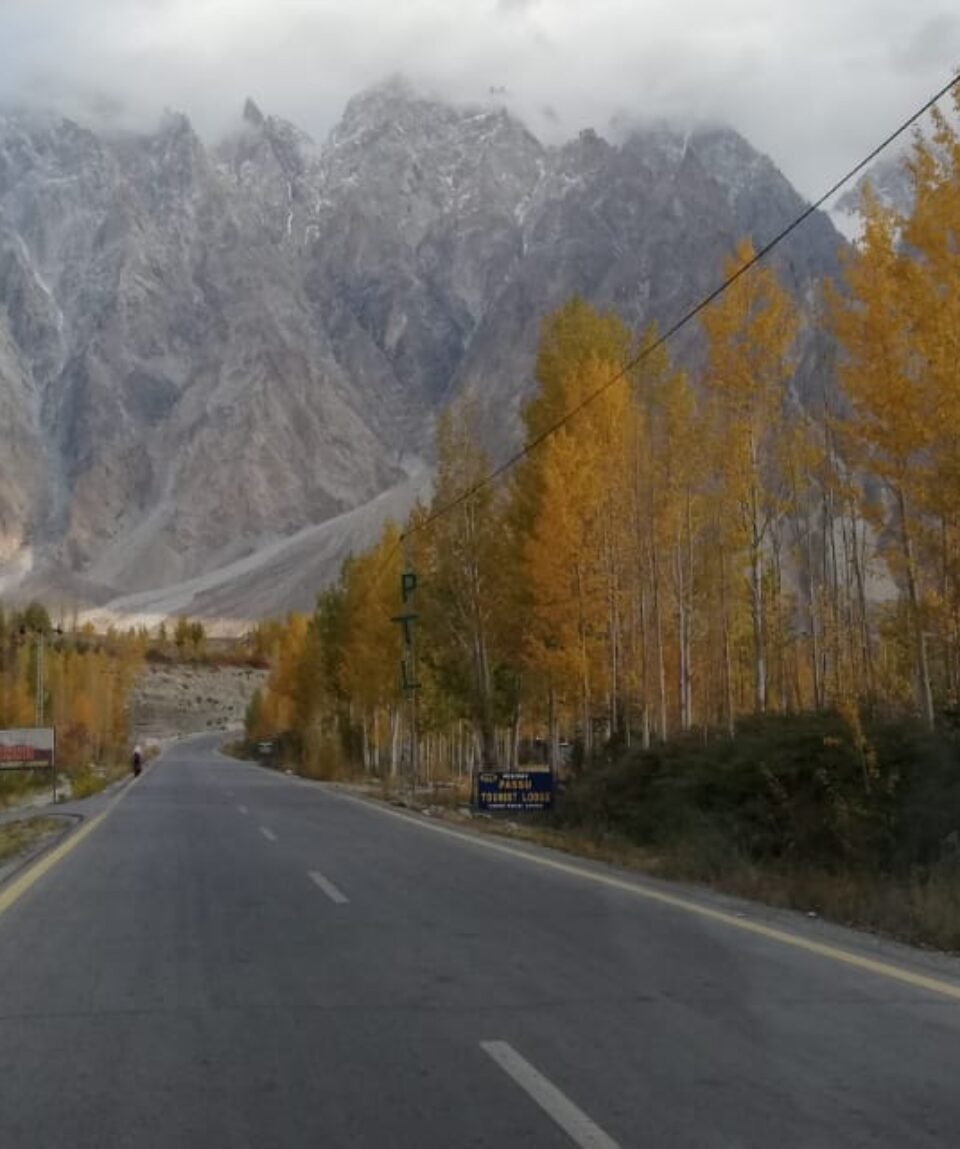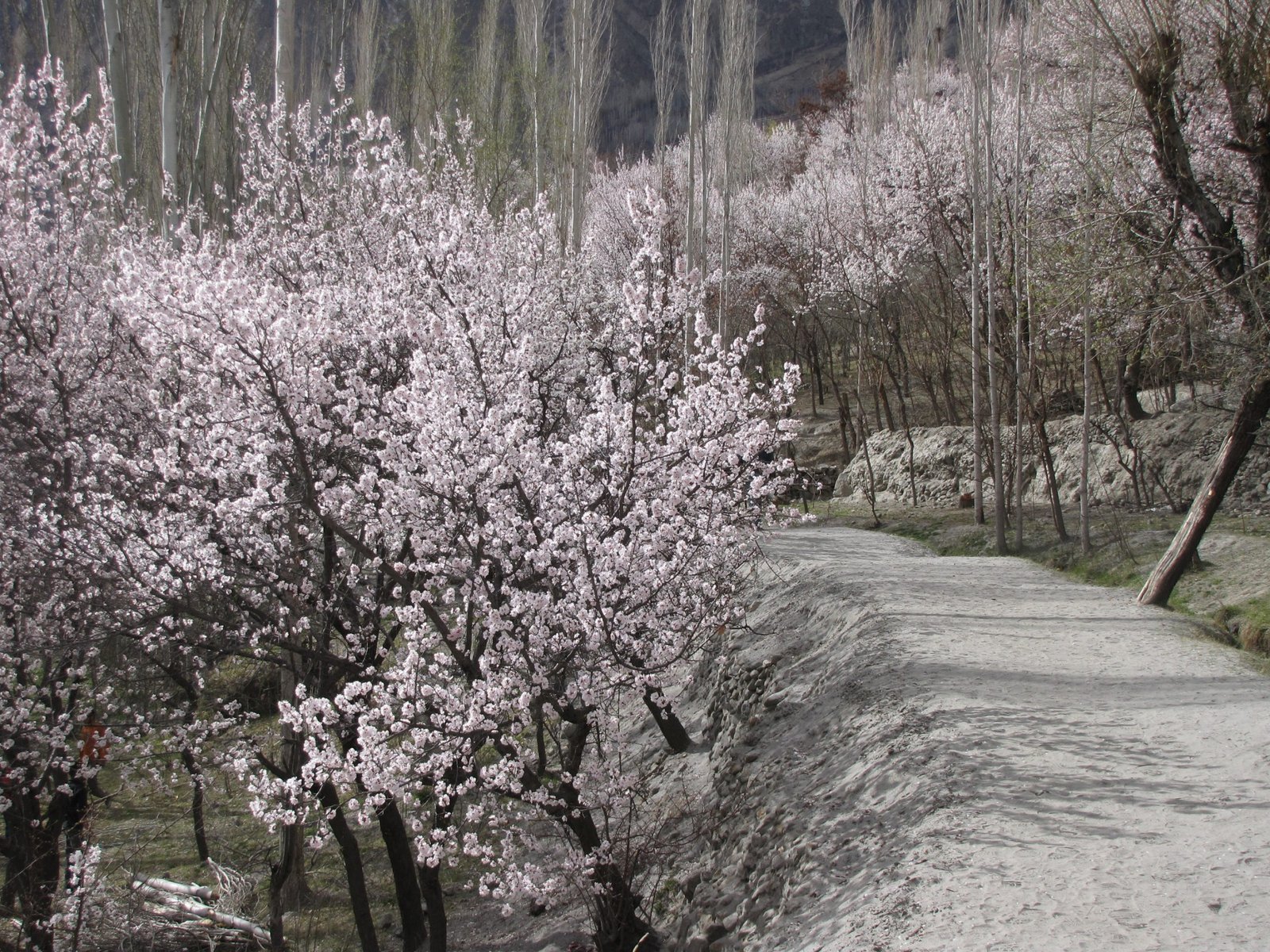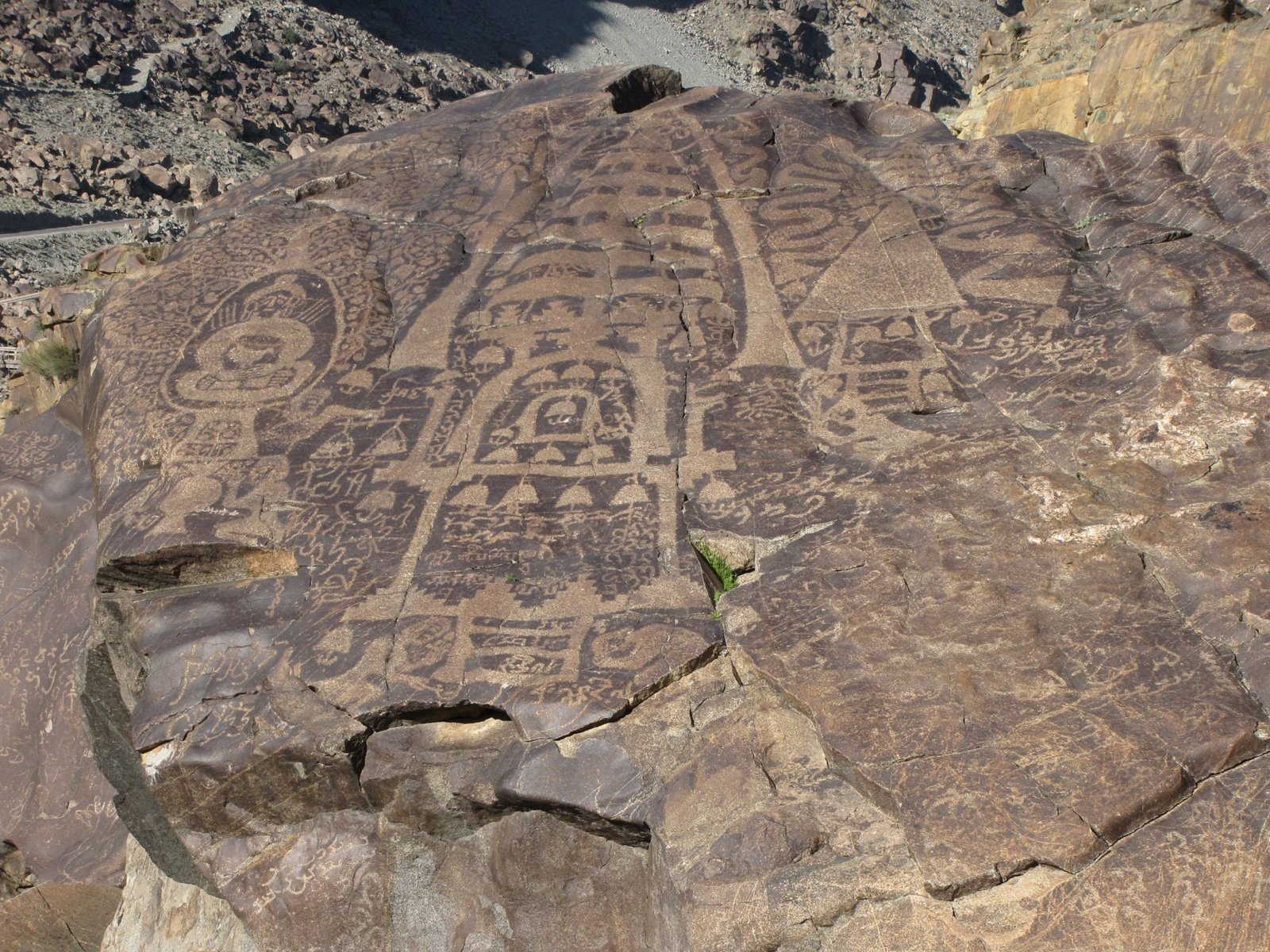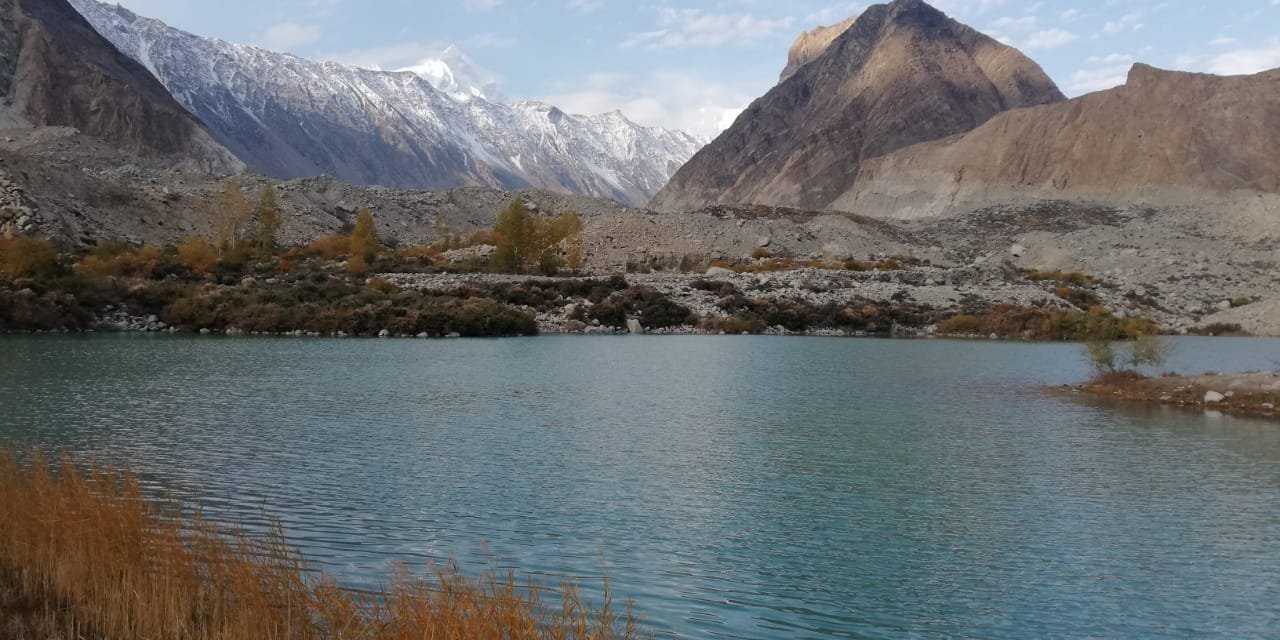
The Kingdom Of Himalaya
fromThe Kingdom of Himalaya is a region of Northern Pakistan known for its ethnic diversity, natural beauty, and cultural densities. The most popular sites include the Lahore Fort, Shalimar Gardens, Badshahi Mosque, Wazir Khan Mosque, Tomb of Jahangir, Noor Jahan Tomb, and the Lahore Museum.
-
Reviews 0 Reviews0/5
-
Vacation Style Holiday Type
-
Family
-
-
Activity Level Easy
-
Group Size Medium Group
The Kingdom of Himalaya is a region of Northern Pakistan known for its ethnic diversity, natural beauty, and cultural densities. The most popular sites include the Lahore Fort, Shalimar Gardens, Badshahi Mosque, Wazir Khan Mosque, Tomb of Jahangir, Noor Jahan Tomb, and the Lahore Museum.
The Lahore Fort is an impressive Mughal-era structure built in the early 16th century, and the Mausoleum of Emperor Jahangir is located in Shardah Bagh, Lahore, Punjab. The Anar Kali Bazaar is a bustling and vibrant market known for its traditional clothing, jewelry, and souvenirs. The Shalimar Gardens are a beautifully landscaped Mughal garden complex, and the Badshahi Mosque is a stunning example of Mughal architecture. The Flag Lowering Ceremony is a unique experience where rangers from both sides of the border display a parade & ritualistic flag lowering in a charged environment with people chanting slogans for their countries.
The Rohtas Fort and Khewra Salt Mines are two of the essential attractions in Pakistan, with the former being the second largest salt mine in the world and the latter being the oldest in the sub-continent. Visitors can visit the fort and explore the mine tunnels, which are lined with bastions and pierced by monumental gateways.
The Katas Temple, a Hindu temple complex in Katas village near Choa Saidan Shah in the Chakwal district of Punjab, is dedicated to Shiva and has been there since the days of Mahābhārata and the Pandava brothers. The mosque is one of the largest in the world and is a beautiful example of modern Islamic architecture. The Margalla Hills range is great for exploring nature and getting a stunning city view. Daman-e-Koh is an excellent spot to get a panoramic view of the twin cities, and the Lok Virsa Museum showcases art, culture, and heritage.
Trip Highlights:
- Lahore, the historical City of Pakistan
- Islamabad, the Modern Capital City
- Taxila the Ghandahara Civilization
- Fairy Meadows under the shade of the Killer Mountain Nanga Parbat
- Hunza is the most beautiful tourist destination in Pakistan
- Hotel Accommodation based on double/twin sharing
- Meals (Breakfasts & Dinners)
- English-speaking guide
- Air-conditioned transportation (depending on the size of the group throughout the trip
- Entrance Fees to the Archaeological sites and Museums
- Tips at hotels/restaurants
- Mineral water (1 bottle of 1.5 liter per pax per day)
- Porterage at hotels
- All items of personal nature such as telephone calls, mini bar and other Beverages
- Lunches
- Other than above mentioned
- Day use rooms if in case of flight delayed or cancellation
- Tips for Guide & Drivers
- Day 1 LAHORE
- Day 2 LAHORE SIGHTSEEING
- Day 3 LAHORE-ISLAMABAD
- Day 4 SIGHTSEEING OF ISLAMABAD AND RAWALPINDI
- Day 5 ISLAMABAD-CHILAS
- Day 6 CHILAS-TATO-FAIRY MEADOWS
- Day 7 FREE DAY AT FAIRY MEADOWS
- Day 8 FAIRY MEADOWS-KARIMABAD HUNZA
- Day 9 EXPLORING HUNZA VALLEY
- Day 10 GULMIT-PASSU-GILGIT
- Day 11 GULMIT-CHILAS
- Day 12 CHILAS-ISLAMABAD
- Day 13 VISIT TAXIL
- Day 14 Transfer to Airport for home flight

PASSPORT AND VISA Participants of all nationalities must have a valid passport with at least six months of remaining validity and a visa for Pakistan. The visa application must be completed online at https://visa.nadra.gov.pk/. The main category for the tour is CULTURE & HERITAGE TOURS, and the sub-category is THE KINGDOM OF HIMALAYA. To obtain a visa, you will need a letter of invitation (LOI) provided by our office, along with the necessary documents, such as a copy of the Discover Pakistan license and the National Identity Card of the issuing authority.
Please ensure that you have the correct travel documents and a valid visa for Pakistan.
When visiting historical and archaeological sites in Pakistan, it is important to take certain precautions to ensure your safety and preserve the sites for future generations. Here are some precautions to keep in mind:
Research the site:
Before visiting any site, research its historical significance, cultural practices, and any specific guidelines or restrictions in place. This will help you prepare and show appropriate respect for the site.
Dress modestly:
Pakistan is a conservative country, so it is advisable to dress modestly, especially when visiting religious sites or conservative areas. Cover your shoulders, wear long pants or skirts, and avoid revealing or provocative clothing.
Respect local customs and traditions:
Pakistan has a rich cultural heritage, and it is important to respect the customs and traditions of the local communities. Follow any religious or cultural practices observed at the site, such as removing your shoes before entering certain areas or covering your head if required.
Follow instructions and guidelines:
Pay attention to any instructions or guidelines provided by the site authorities or tour guides. These may include areas where photography is prohibited, restricted access zones, or specific rules to protect the artifacts or structures.
Stay on designated paths:
Stick to designated paths and avoid trespassing or damaging any part of the site. Some archaeological sites are fragile; stepping on delicate areas can cause irreparable harm. Follow the signs and markers to ensure you are on the authorized path.
Do not remove artifacts:
Removing artifacts, stones, or any historical items from the site is strictly prohibited. Removing artifacts not only damages their historical value but is also illegal. Respect the site’s archaeological significance by leaving everything as you found it.
Dispose of waste properly:
Maintain cleanliness and dispose of any trash in designated bins. Keep the sites clean and leave no trace of your visit. Avoid littering or damaging the environment around the sites.
Be cautious of your belongings: Keep an eye on your personal belongings at all times. Use a secure bag or backpack to carry your valuables and avoid displaying expensive items that may attract unwanted attention.
Stay hydrated and protect yourself from the sun:
Pakistan can have hot and dry weather, especially during summer. Drink plenty of water, wear sunscreen, and consider wearing a hat or carrying an umbrella to protect yourself from the sun.
Follow safety guidelines:
Be aware of your surroundings and follow any safety guidelines provided by the authorities. It is always recommended to travel in groups, especially in remote areas, and inform someone about your plans and expected return time.
By following these precautions, you can ensure a safe and respectful visit to the historical and archaeological sites in Pakistan while appreciating their cultural and historical significance.
WEATHER
Pakistan has a diverse climate due to its geographical location and varying topography. The weather conditions in places with historical highlights can vary depending on the region and time of year. Here’s a general overview of the weather conditions in some popular historical destinations in Pakistan:
Lahore experiences hot summers with temperatures often exceeding 40°C (104°F) in June and July. Winters are mild, with temperatures ranging from 5°C to 20°C (41°F to 68°F). The best time to visit Lahore is during spring (March to April) and autumn (October to November) when the weather is pleasant.
Islamabad: Islamabad has a moderate climate. Summers (May to September) are warm, with temperatures ranging from 25°C to 35°C (77°F to 95°F). Winters (December to February) can be cold, with temperatures dropping to around 0°C (32°F) or lower. The best time to visit Islamabad is during spring and autumn when the weather is pleasant.
Taxila:
Taxila, known for its archaeological sites, experiences similar weather conditions to Islamabad since it is located nearby. Summers can be hot, and winters are cold. The best time to visit Taxila is during spring and autumn.
What to bring:
Comfortable Clothing: Pakistan has diverse weather conditions, so it’s important to dress appropriately. Carry lightweight and breathable clothing for hot weather and layer up for cooler regions or winter visits. Modest clothing is recommended out of respect for local customs and traditions.
Sun Protection:
Pakistan’s climate can be quite sunny, especially during summer. Bring sunscreen, a hat, and sunglasses, and consider lightweight clothing that provides adequate sun protection.
Comfortable Shoes: Many historical and archaeological sites in Pakistan require walking and exploring on foot. Wear comfortable shoes or sneakers that are suitable for walking on uneven terrain.
Water and Snacks:
Carry a refillable water bottle to stay hydrated during your visit. It’s also a good idea to bring some snacks, especially if you plan to spend a significant amount of time at the site.
Insect Repellent:
Some archaeological sites in Pakistan may have mosquitoes or other insects, particularly in rural areas. Pack insect repellent to protect yourself from bites.
Cash and Local Currency:
While major cities in Pakistan have ATMs and card payment options, it’s advisable to carry some cash, especially when visiting remote areas where cash might be the primary mode of payment.
First Aid Kit:
It’s always a good idea to have a basic first aid kit with items like band-aids, antiseptic ointment, pain relievers, and any necessary prescription medications.
Camera and Binoculars: Capture the beauty of historical sites and landscapes with a camera or smartphone. Binoculars can be handy for observing details from a distance.
Guidebooks and Maps:
Consider bringing guidebooks or maps that provide information about the historical and archaeological sites you plan to visit. These resources can enhance your understanding and appreciation of the locations.
Respectful Behavior:
Show respect for local customs, traditions, and religious practices. It’s essential to dress modestly, ask for permission before taking photographs of people, and follow any rules or guidelines provided by site authorities.
Remember to research and plan your visit in advance, including opening hours, entrance fees, and any specific requirements or restrictions related to the historical and archaeological sites you wish to explore. Enjoy your journey through Pakistan’s rich history and cultural heritage!
BOOKING & DEPOSITS:
The trip can be reserved with an initial deposit of 30% at the time of booking. The initial deposit shall not be refunded but can be transferred for a future trip.
FINAL PAYMENT
We require the full cost of the trip to be paid 30 days prior to the start of the tour. Payments can only be made in cash or through bank transfers to our designated bank account. We do not accept payments via credit cards. Please ensure that you only accept invoices generated by Discover Pakistan and sent through our official email ID.
1) Cancellations must be communicated in writing to Discover Pakistan or the agent through whom the trip was booked. Cancellation charges will be applied as follows:
- Cancellation before 30 days or more: After deducting 30%, the remaining amount will be refunded. If the deposit is retained with the consent of our client, no cancellation charges will be applied. The full amount can be adjusted towards a future trip.
- Cancellation within 2 weeks before departure: 50% of the package offer will be charged.
- Cancellation within one week of departure or no-show: The full payment will be forfeited.
- No refunds will be provided if you voluntarily or involuntarily leave the trip after it has started. Additionally, no refunds will be given for any unused meals, accommodation, or services.
2) There shall be no refunds if you leave the trip for any reason whatsoever, voluntarily or involuntarily, after the trip begins. No refunds shall be made for any unused meals, accommodation, or services.
WHY BOOK WITH DISCOVER PAKISTAN?
Discover Pakistan is a leading Destination Management and Tour servicing company, established to cater to the travel needs of explorers, researchers, mountaineers, and trekkers from around the world. We prioritize the safety, integrity, and comfort of all our valued clients without any discrimination.
Our Values: We adhere to a set of values that guide our company in delivering the best travel experiences to our clients. These values include
Integrity
- Communication,
- Client Safety and Security,
- Customer-Oriented Services,
- Continuous Improvement,
- Customer Satisfaction
RESPONSIBILITY TOWARDS COMMUNITY
We recognize our responsibility towards the local communities, their customs, and the environment. Therefore, a portion of our income is dedicated to humanitarian activities, such as student support, skill development programs, and interest-free micro-credit loans for women. Detailed information can be provided upon request.
THE CLIENT
We have successfully collaborated with local and foreign clients, and we take pride in the long list of satisfied partners and individual clients that Discover Pakistan has served worldwide. We maintain a balance between cost and quality. Our business philosophy and the key to our success is “LESS PROFIT EQUALS MORE CLIENTS, AND MORE CLIENTS EQUALS MORE PROFIT.”
The popular tourist attractions in the Kingdom of Himalaya include the Lahore Fort, Shalimar Gardens, Badshahi Mosque, Wazir Khan Mosque, Tomb of Jahangir, Noor Jahan Tomb, Anar Kali Bazaar, and the Lahore Museum.
The Lahore Fort is an impressive Mughal-era structure built in the early 16th century. It holds great historical significance as it served as the Mughal emperors’ residence and witnessed various dynasties’ rise and fall. The fort showcases beautiful architectural elements and houses several palaces, halls, and gardens, reflecting the grandeur of the Mughal Empire.
Anar Kali Bazaar is a bustling and vibrant market known for its traditional clothing, jewelry, and souvenirs. Visitors can expect to find various colorful textiles, intricate handicrafts, traditional accessories, and local artwork. It’s a great place to immerse oneself in the local culture and find unique items to take home as souvenirs.
The Shalimar Gardens are a beautifully landscaped Mughal Garden complex located in the Kingdom of Himalaya. They were built in the 17th century and are renowned for their stunning architecture and serene atmosphere. The gardens feature terraces, fountains, water channels, pavilions, and vibrant flower beds, all meticulously designed to create a harmonious and picturesque setting. The Shalimar Gardens are considered a must-visit destination due to their historical significance and breathtaking beauty.
| Package Confirmed Dates | Trip Status Trip Status | Price (PP) Excluding Flights | Price (PP) Including Flights | |
|---|---|---|---|---|
|
December 10, 2024 - December 24, 2024
|
Available
|
$2,995.00
|
$265.00
|
|
|
March 11, 2025 - December 20, 2025
|
Available
|
$2,995.00
|
$265.00
|
|
|
January 1, 2025 - February 14, 2025
|
Available
|
$2,995.00
|
$265.00
|
|
|
March 10, 2025 - March 24, 2025
|
Available
|
$2,995.00
|
$265.00
|







